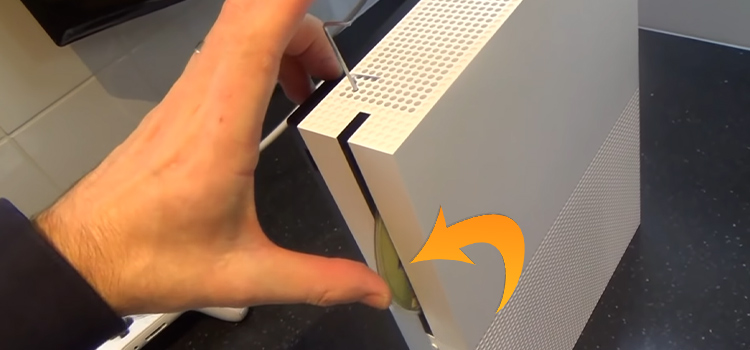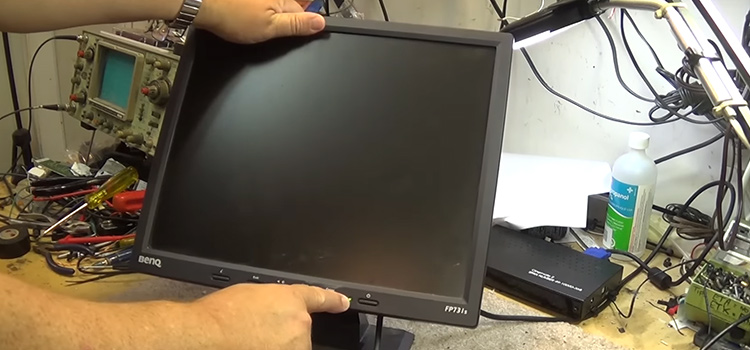How To Use Work-From-Home Tech In A Way That Reduces Carbon Emissions
The number of people working from home has dramatically increased in the last few years, and it doesn’t look like this trend will be going away any time soon. Once a necessity due to COVID-19 regulations, many companies and employees are continuing to use working-from-home in a bid to reduce their carbon footprint.
While fewer car or public transport journeys is a great way to lower carbon emissions, in this article you can find out more about the variety of work-from-home tech on offer that can further reduce your company’s carbon emissions.

Ways That Reduce Carbon Emissions While Work-From-Home
5 effective ways to reduce carbon emissions during the work-from-home period –
1. Integrate a Unified Communications system into your business
Unified Communications (UC) refers to the integration of a variety of communication services, such as instant messaging, video conferencing, and email, into a service that provides a consistent user experience across multiple devices.
With a UC system, your workforce can easily keep in touch with one another, share important files or collaborate in an efficient way that will reduce the need for physical waste from paper and printing.
The inclusion of video calls also means that employees can attend meetings remotely rather than having to travel to the office.
With a well-designed UC solution, employees can easily keep track of their work even when not in the office, and companies can use these solutions to reach out to staff and customers alike, thereby reducing carbon emissions from unnecessary travel.
2. Reduce the number of unnecessary emails
Though you’re saving on paper and printing, electronic communications can still have an impact on your carbon emissions. One of the worst offenders comes from emailing and sending large attachments, which can consume quite a lot of energy.
For shorter or more informal messages, consider using a messaging app. If your company has a UC solution, files can be shared over the cloud instead of through attachments, which can significantly reduce carbon emissions.
3. Use tools to manage carbon emission levels
If a significant number of your employees are working from home, it’s helpful to get an accurate assessment of your business’s carbon emission levels. There are several tools available to businesses that can give them a better idea of their remote worker’s carbon footprint, as well as offer ways to lower it.
4. Offer environmentally friendly equipment
When working from home, it can be easy to forget to switch off all of your devices at the end of the working day, which can have a big effect on your carbon emissions. To counter this, consider finding more environmentally friendly ways of utilizing the tech on offer to remote workers. This could be a laptop or computer with an automatic standby or the installation of green energy sources.
5. Offer rewards for green practices
Many workers may not be aware of their carbon footprint, so a great way to encourage greener thinking is by offering rewards to your employees. Using a rewards system, you can offer incentives to your employees to reduce their carbon emissions, and by making it an integral part of your company culture you can ensure that your remote staff will use work-from-home tech in a more efficient manner.
By encouraging greener practices and having a robust company-wide communications system, you can ensure that you’ll be reducing carbon emissions wherever your workers are.
Subscribe to our newsletter
& plug into
the world of technology





